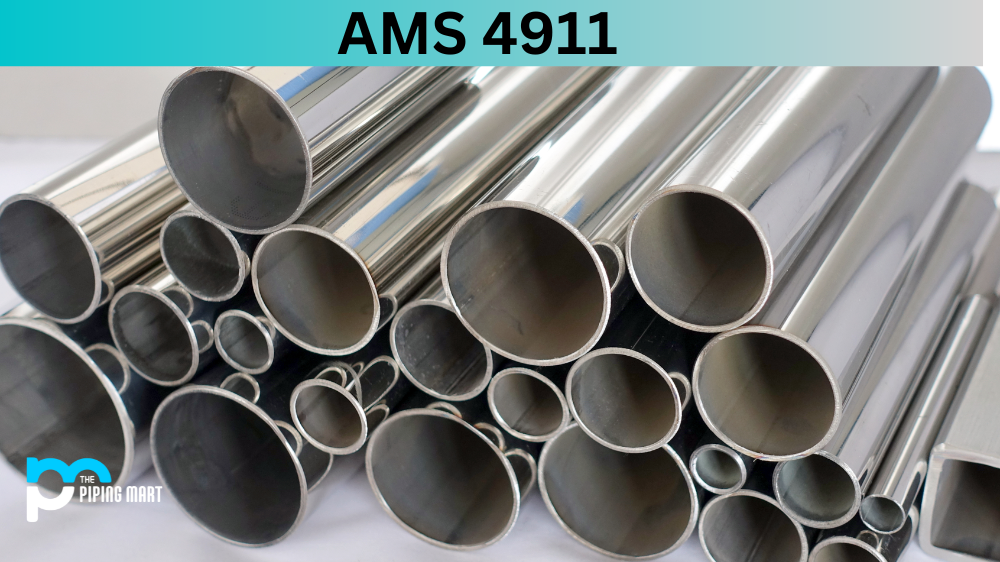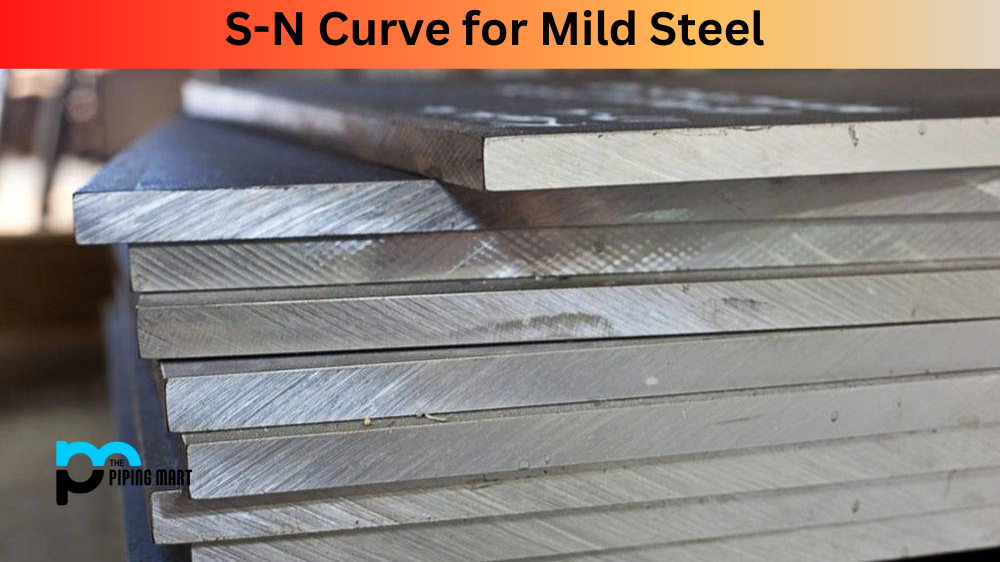Silicon bronze is an alloy of copper and tin with a small amount of silicon. It is highly corrosion-resistant and has excellent mechanical properties, making it a popular choice for numerous applications in various industries. Let’s take a closer look at the uses of silicon bronze and its material composition, machinability, and corrosion resistance.
Silicon Bronze Uses
Silicon bronze can be used in many projects because of its high strength, durability, and corrosion resistance. It is often used as a structural material in parts exposed to water or seawater because of its ability to resist corrosion even after long periods of exposure. Additionally, silicon bronze can be used for fastening components, making it perfect for outdoor applications such as dock hardware and marine construction materials. Silicon bronze is also used in plumbing fixtures, electrical connectors, musical instrument strings, sculptures, jewelry components, coins, and fencing.
Material Composition
Silicon bronze typically contains 98% copper with 1-3% tin and 0.5-1% silicon. The addition of tin improves the strength of the alloy. In contrast, adding silicon increases its oxidation resistance—making it more resistant to corrosive elements such as saltwater or acid rain. The presence of these two elements also increases the material’s machinability so that it can be easily worked into parts suitable for various applications.
Machinability
Silicon bronze has excellent machinability due to its unique material composition, including tin and silicon. This allows the alloy to be easily cut into shapes with traditional metalworking tools like drills or saws without losing any strength or durability—making it ideal for intricate parts that require precise measurements or conditions. Additionally, this type of alloy does not require special lubricants during machining since the natural lubricant provided by the tin helps minimize friction during cutting operations.
Corrosion Resistance
Due to its high content of copper and low content of steel alloys, silicon bronze is highly resistant to corrosion from saltwater or acid rain—making it an ideal choice for outdoor applications such as dock hardware or marine construction materials where exposure to harsh elements is inevitable. Additionally, this type of alloy has excellent oxidation resistance, which means it can withstand temperatures up to 1000°F (538°C) without losing any strength or durability—making it suitable for use in high-temperature environments like welding operations or smelting processes.
Conclusion:
In conclusion, silicon bronze is an incredibly versatile material with many uses in various industries due to its unique combination of strength, corrosion resistance, and machinability, thanks largely to its material composition, which includes both tin and silicon along with copper alloys. So if you’re looking for an all-purpose metal that can handle virtually any application you have in mind—from plumbing fixtures to musical instrument strings—silicon bronze might be your best bet!

Meet Bhavesh, a seasoned blogger with a wealth of knowledge and experience. From metal products manufacturing to retail, Bhavesh has a diverse background in various industries and is dedicated to sharing his insights and expertise with readers.



